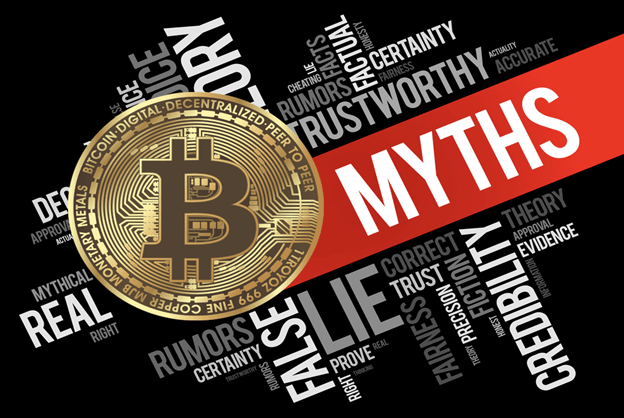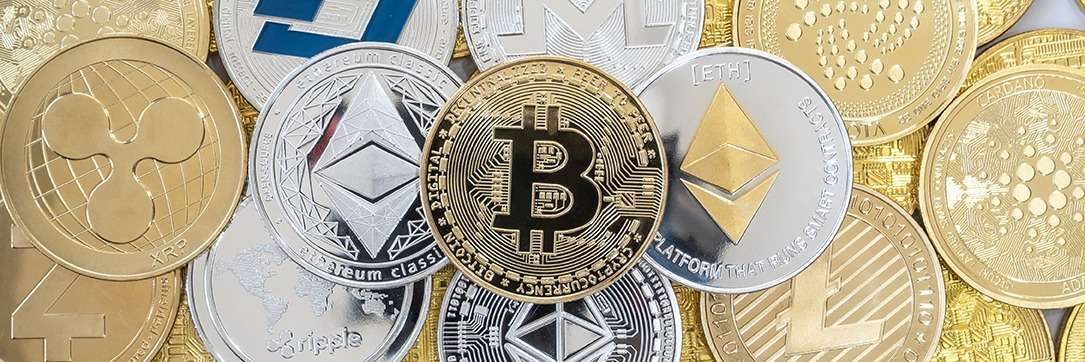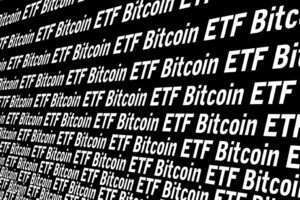With the growth of the cryptocurrency industry, the European Union has taken a significant step forward in enhancing investor protection, market transparency, and clarity in laws with the introduction of the Markets in Crypto-Assets (MiCA) regulation.
MiCA has been officially in effect since December 2024, and it promises to introduce uniform rules for the European crypto space—a much-needed update from the patchy and disparate national legislation that preceded it. But does this regulation make Europe safer for crypto investors? Let’s find out.
EU-Wide Licensing: One Market, One License
The most significant change made by MiCA is the development of a unified licensing regime for Crypto Asset Service Providers (CASPs). Previously, crypto firms had to navigate a maze of inconsistent national laws, often facing regulatory barriers and high operational costs.
Now, any CASP that obtains a licence in one EU member state can “passport” its services across the entire EU. This harmonisation ensures market access, reduces friction, and protects consumers under shared standards.
To obtain and retain a license, CASPs must:
– Establish a registered office within the EU.
– Implement strong cybersecurity and governance controls.
– Submit comprehensive documentation on ownership, AML practices, and governance.
– Pass integrity screenings for shareholders and executives.
“MiCA will give crypto-asset service providers access to the single market, with clear rights and obligations.”
— Mairead McGuinness, European Commissioner for Financial Services
Importantly, CASPs serving over 15 million users will face enhanced oversight by EU regulators to ensure institutional-grade stability and scalability.
Investor Protection: From Whitepapers to Stability
MiCA mandates complete transparency from token issuers. Projects must publish a regulator-approved whitepaper disclosing the token’s use case, structure, and risks. No promotions are allowed before this approval, reducing the chance of investor manipulation.
This transparency helps consumers make informed choices and protects them from speculative or misleading projects that dominated past market cycles.
“The crypto sector must live up to the standards expected of mainstream finance — MiCA is Europe’s answer to that challenge.”
— Verena Ross, Chair of the European Securities and Markets Authority (ESMA)
For Stablecoins, MiCA imposes strict rules:
– 1:1 reserves in Fiat held in liquid, segregated accounts.
– An e-money license for circulation and issuance.
– A daily transaction cap of €200 million to preserve the euro’s role as a sovereign currency.
AML Rules: Closing the Loopholes
MiCA incorporates stringent anti-money laundering (AML) requirements into its licensing framework. All CASPs are required to:
– Perform customer due diligence (CDD),
– Monitor transactions for red flags,
– File reports with national AML agencies.
Regulators are empowered to revoke licenses if a CASP is found to be non-compliant or linked to illicit financial activity.
“Crypto should not become a haven for criminals — MiCA puts the EU’s AML shield firmly in place.”
— Christine Lagarde, President of the European Central BankBackground checks on shareholders and executives further prevent bad actors from entering the space under regulatory radar.
This approach effectively
Harmonises crypto with mainstream financial sector compliance requirements and eliminates a safe haven for illicit actors.Is Europe Safer for Crypto Investors?
Yes — MiCA does more than set rules. It establishes a legal foundation designed to foster innovation and enforce accountability simultaneously.
Its key contributions:
– One license across the EU
– Required whitepapers and disclosures
– Strong AML rules
– Stablecoin reserve and transaction mandates
While MiCA doesn’t yet cover DeFi or NFTs, it lays the groundwork for a trust-based digital asset ecosystem within the EU’s financial framework.
“We’re witnessing the end of crypto’s Wild West — MiCA represents the beginning of maturity for the digital finance sector.”
— Markus Ferber, Member of the European Parliament, ECON CommitteeFinal Thoughts
MiCA may not solve every challenge, but it marks a transformational step for investor safety, regulatory clarity, and crypto legitimacy in Europe. By emphasising risk controls and compliance, it provides crypto firms with a credible, long-term framework in one of the world’s largest economies.
As MiCA continues to roll out, one thing is clear: the future of crypto in Europe will be safer, smarter, and more accountable.
Image Source: Adobe Stock
Disclaimer: This article is purely for informational purposes. It is not offered or intended to be used for legal, tax, investment or financial advice.












